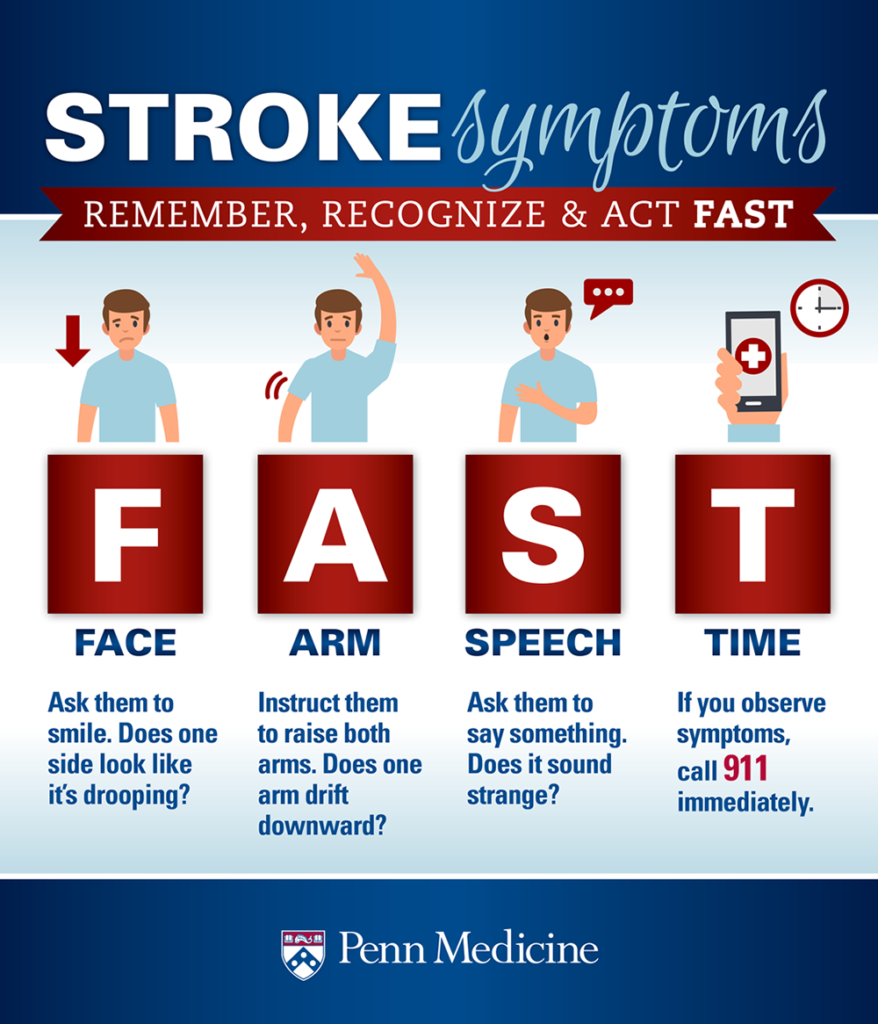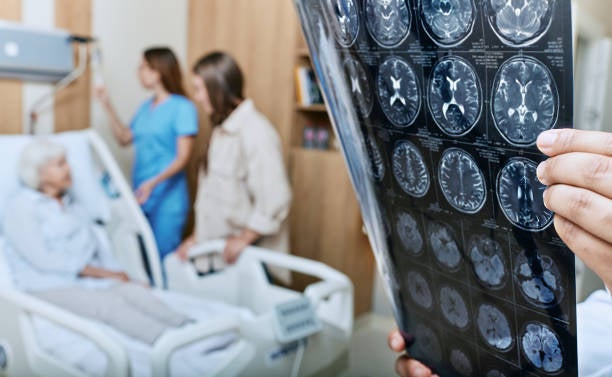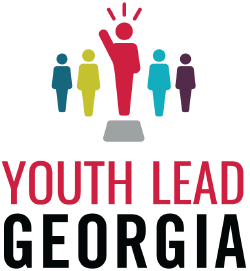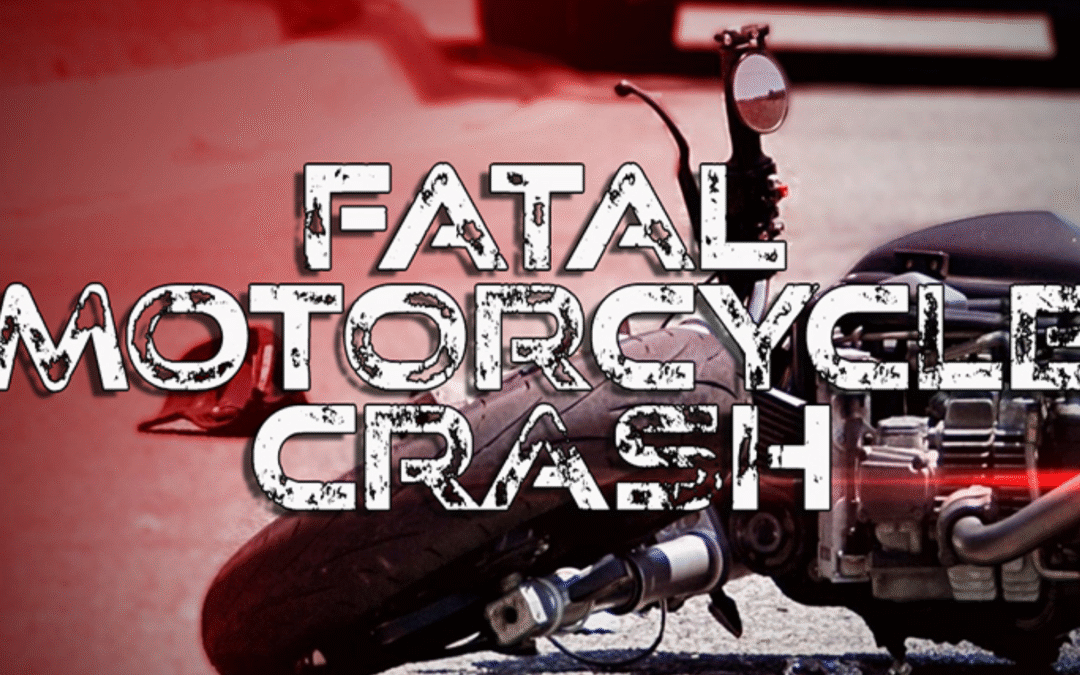Cancer has taken the headlines recently as the disease seems to be affecting younger and younger people. However, one medical condition that seems to strike randomly gets far less attention: stroke.
According to the Centers for Disease Control, stroke is the number one killer of Americans with 795,000 people dying of stroke every year.
Unlike cancer or heart attack, the exact causes of stroke are less known, but high blood pressure, high cholesterol, smoking, obesity and diabetes are known to be the most common causes of stroke.
Aside from those risk factors, stroke remains a bit of a mystery as to how the factors come together to trigger an event and why some people experience stroke at such an early age, when blood vessels to the brain appear to be healthy.
The most common of the two types of stroke is ischemic stroke, where, according to the Mayo Clinic, blood vessels in the brain become constricted, slowing the flow and allowing for a blood clot to completely block blood flow to the brain.
According to Dr. Kelley Humbert, of Penn State University, stroke is also known as a “brain attack,” where trapped blood cells begin to die, completely blocking the artery. A cycle begins to occur where the brain suffers from lack of oxygen, causing more blood cells to die and strengthen the blockage.
Eventually, the blockage will cause the blood vessel to burst and this is when the most long-term damage occurs.

“The hardest thing you have to do is recognize symptoms of a stroke,” Dr. Humbert explains. “If you do observe any symptoms, you should call 911 immediately. You should also immediately tell the 911 dispatcher, ‘I think I’m having a stroke’ or ‘I think my loved one is.’”
Humbert says loss of feeling on one side of the body or another, slurred speech, blurred vision and loss of balance are all symptoms of stroke and time is of the essence if any of these symptoms occur.
“ It would be helpful if they look at what time the symptoms started; or if the person was found already with stroke symptoms, it is helpful to try to figure out the last time you or someone else saw that person without any symptoms and as their normal self,” Humbert said.
The National Stroke Association has developed the “FAST” test in the case someone may be experiencing a stroke.
First look at the person’s face and determine if it is drooping. Next, ask the person to hold up their arms to see if one limb sags. Ask the person to talk so that you can ascertain any speech abnormalities and then, do not waste time in calling 911.
Rather than squander precious time by giving the person aspirin or trying to drive them to a hospital yourself, Humbert says request an ambulance, because EMTs generally have drugs on board to stop or slow down the stroke while enroute to the hospital.
.Scott Hudson is the Senior Investigative Reporter, Editorial Page Editor and weekly columnist for The Augusta Press. Reach him at scott@theaugustapress.com










